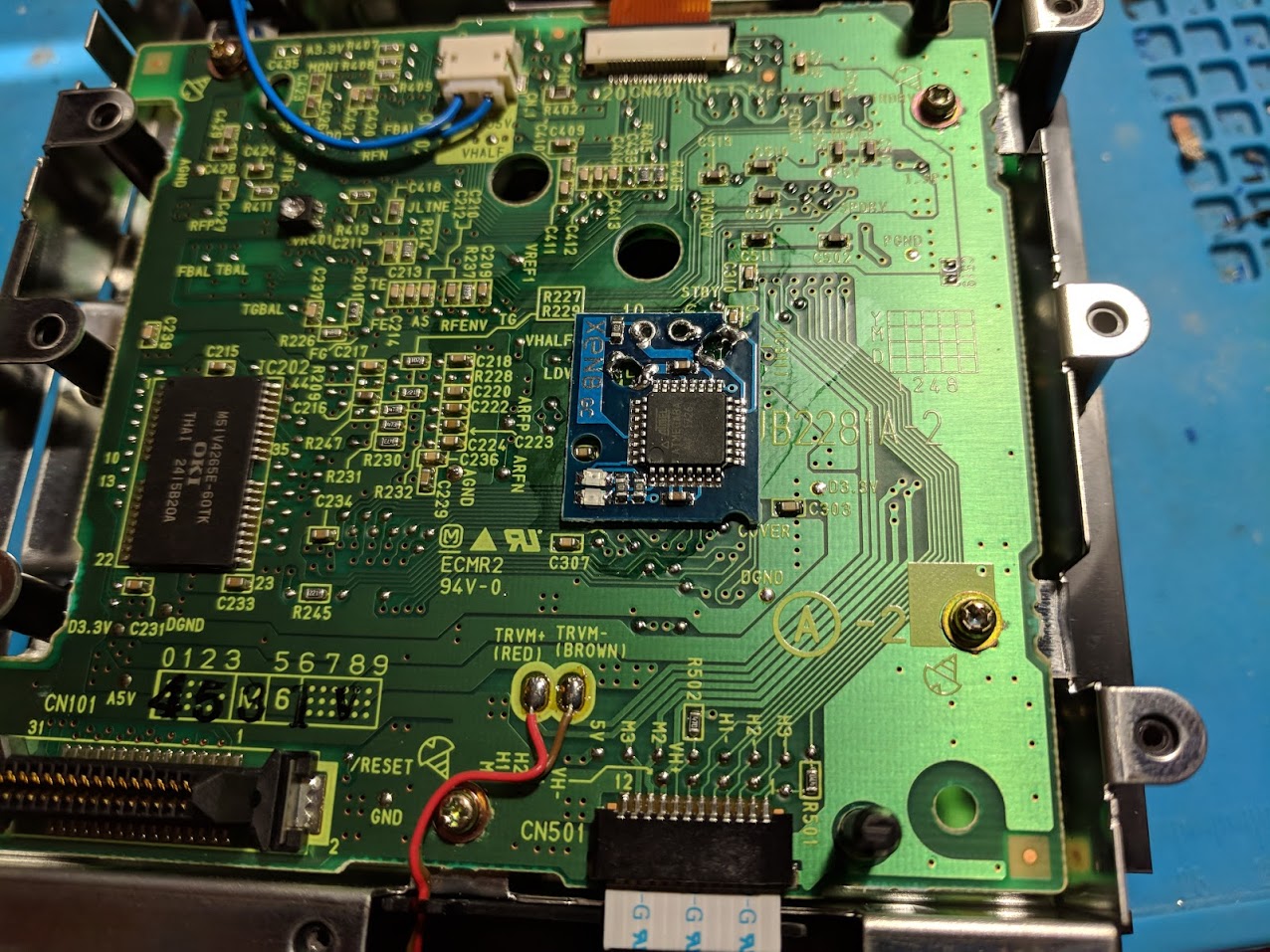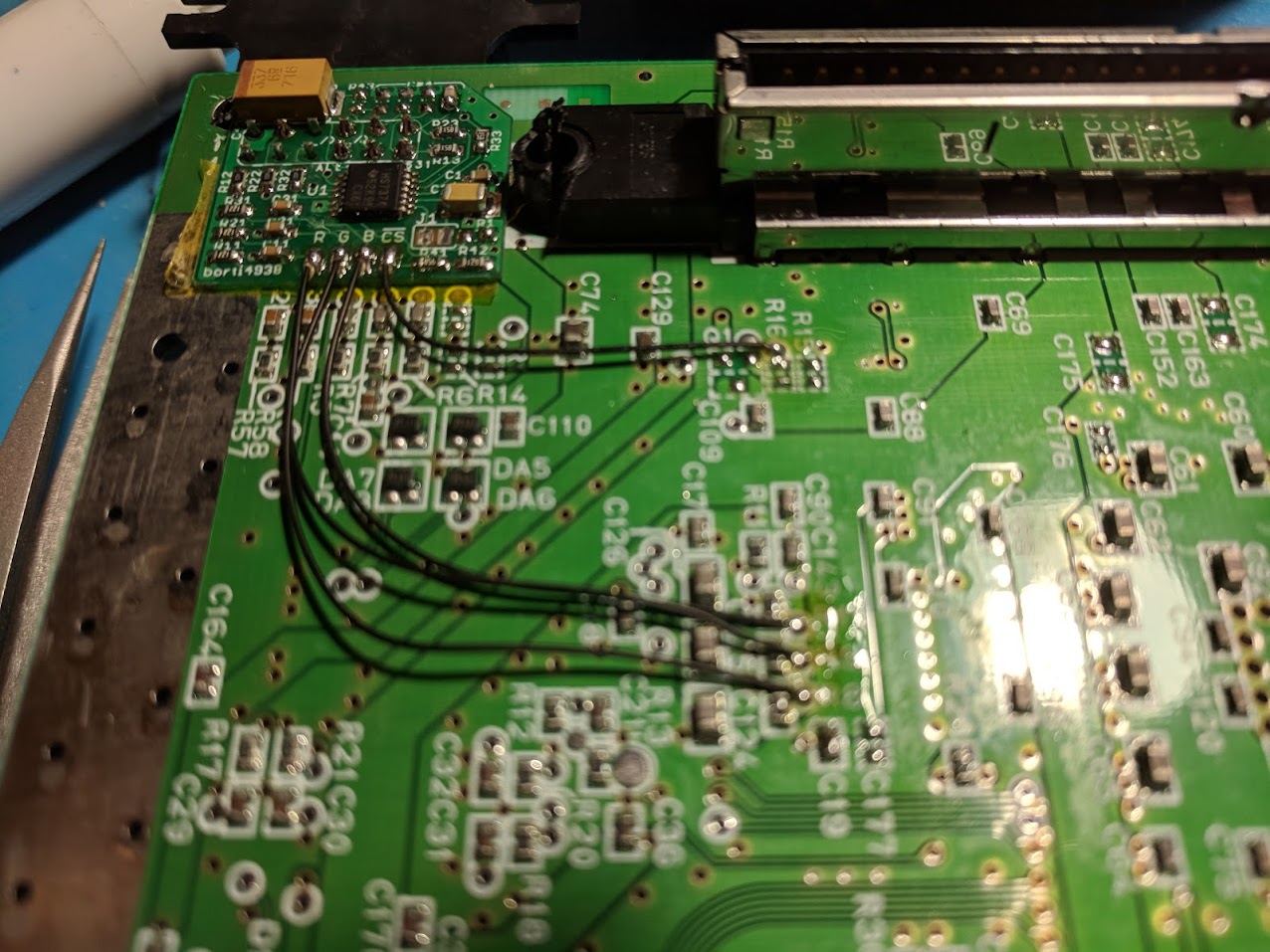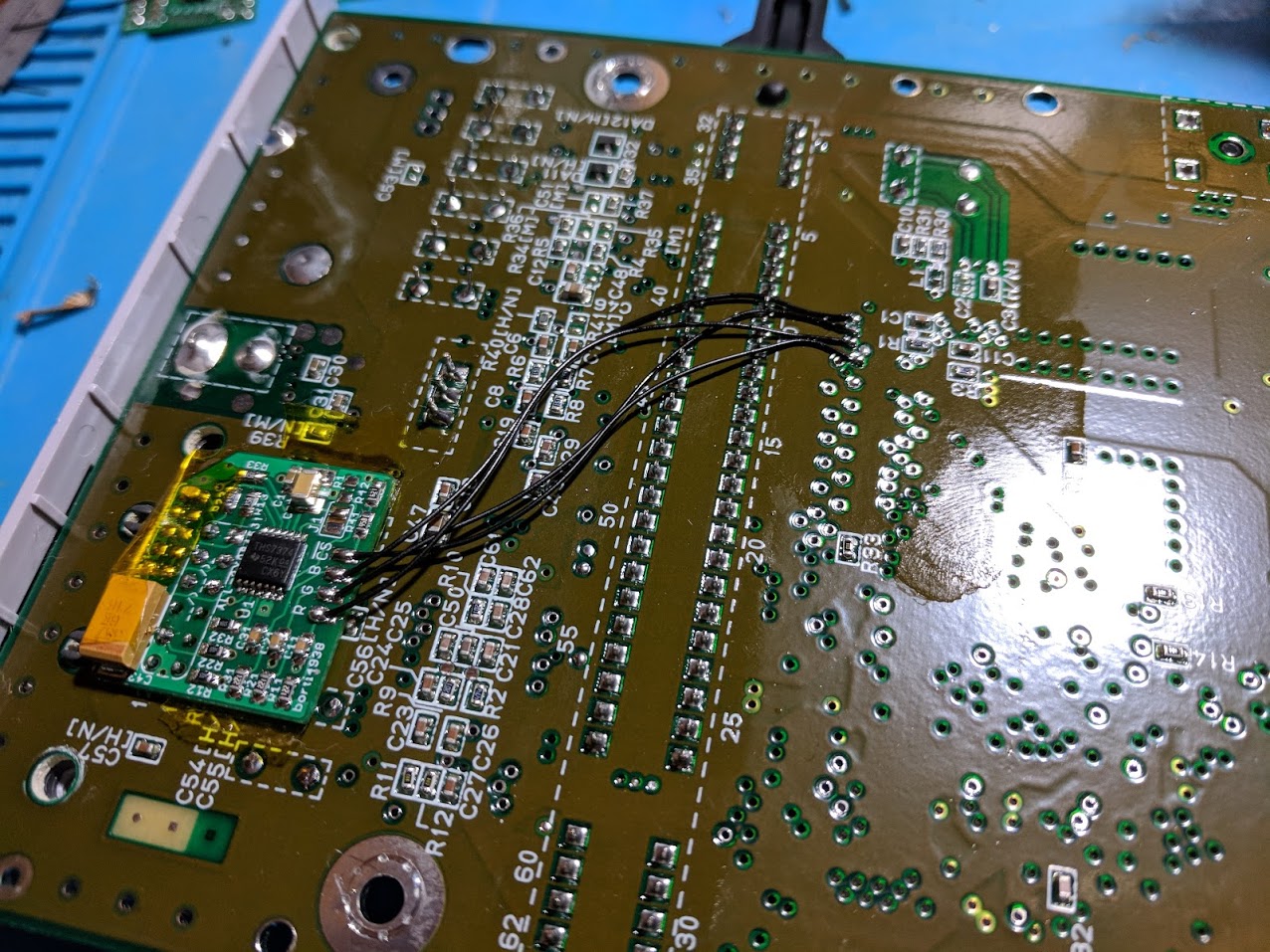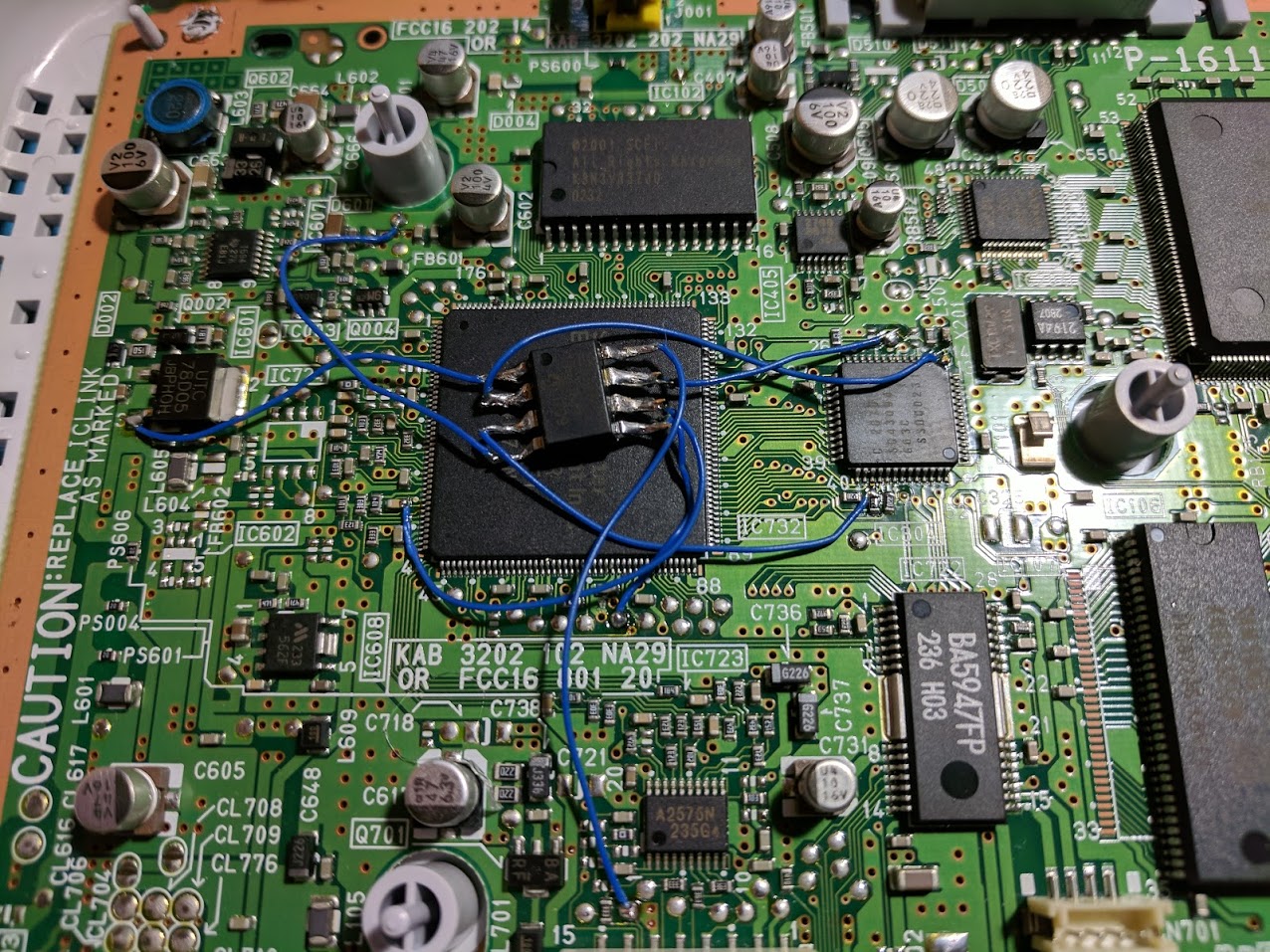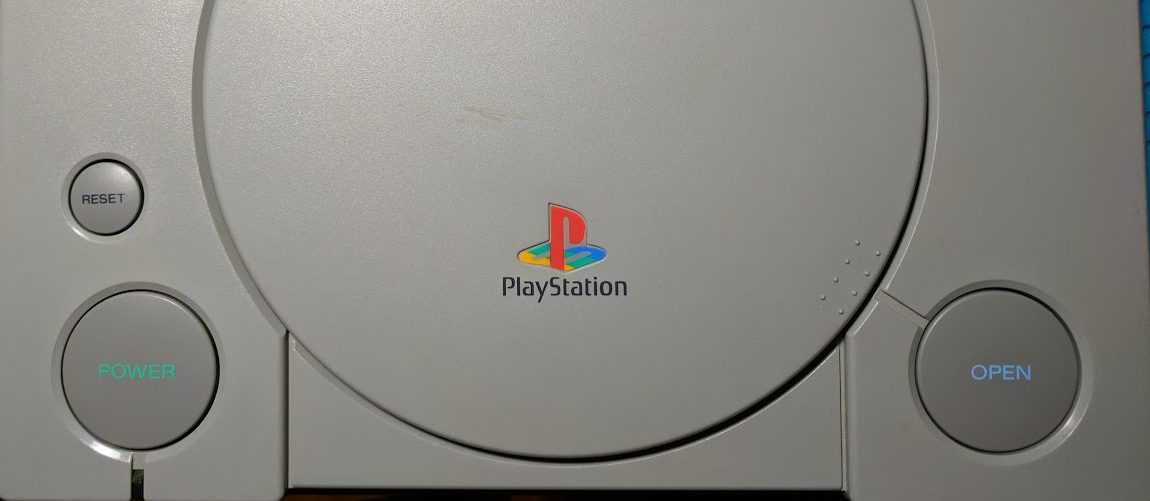XenoGC GameCube modchip installation
I’ve been selling XenoGC modchips for the Nintendo GameCube on my eBay store. I thought I’d write a guide on how to install the XenoGC.
The XenoGC is a popular modchip that allows you to do many things. It can directly boot both game backups and genuine games from any region. It will work on all GameCube models. The chip is fairly easy to install since it only requires soldering six points, no wires required.
The XenoGC source code was released in 2011, meaning if you wanted to you could make your own with an ATmega8L. I may end up doing this in the future, and writing a post about it. Right now you can find XenoGC chips available from places like eBay.
